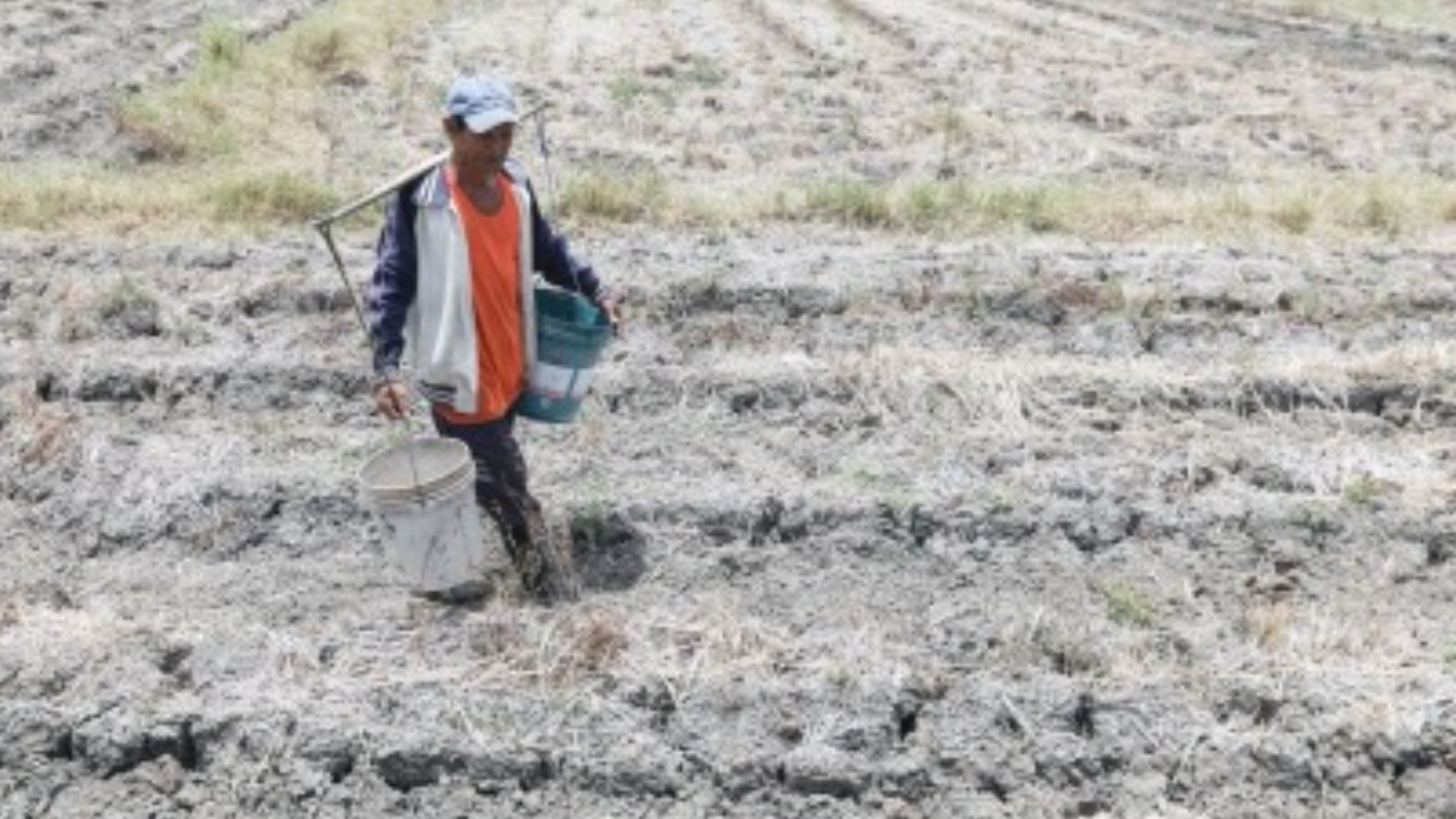The months of March to April could be one of the warmest, with temperature reaching up to 40 °C in some areas of the country, Philippine Atmospheric, Geophysical and Astronomical Services Administration (PAGASA) Weather Services Assistant Chief said Tuesday.
“There’s possibility that March, April and May — which we call warm and dry season months — could be one of the warmest in our record. Historically, we record warmer temperatures during years with prevailing El Niño,” Ana Liza Solis of PAGASA said in a televised briefing.
The temperature in some areas, particularly in Cagayan Valley Region, could reach up to 40 °C. This is apart from the high heat index or the temperature that a person feels.
Solis said PAGASA forecasts below-average number of tropical cyclones for this year due to El Nino.
From the usual average of 19 to 20 a year, only 13 to 19 tropical cyclones are expected in 2024.
Two to five tropical cyclones are likely in the first half of the year, while 11 to 14 tropical cyclones are possible from July to December.
Solis noted that Metro Manila could also experience reduced rainfall as early as February or March.
“Metro Manila could experience dry spell or drought. This means that for three or five consecutive months, a 21 to 60 percent reduction in rainfall is likely,” she said.
The onset of rainy season usually falls on the second week of May up to June 15.
The chance for the country to experience La Niña is slim.
“The uncertainty is too. Some models suggest there’s possibility of La Niña, but what we need to prepare for now are the impending effects of El Niño,” Solis added.
A whole of nation approach, she said, is necessary.
“Avoid wastage. Conserve water as well as electricity,” she said.
Solis also urged the public to protect their health against the effects of warm weather. (PNA)








